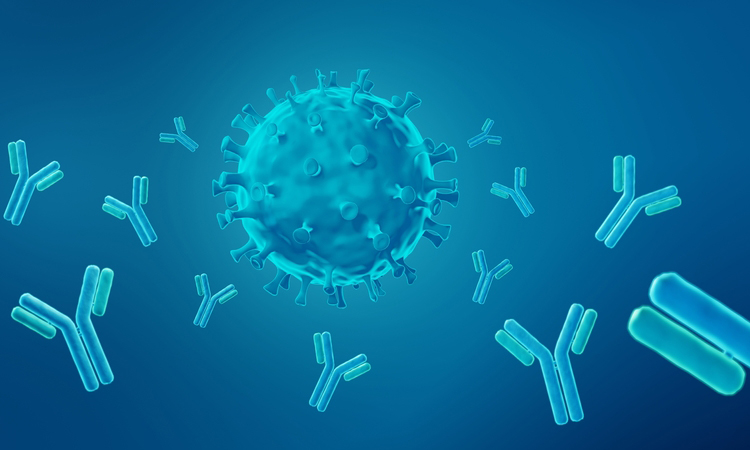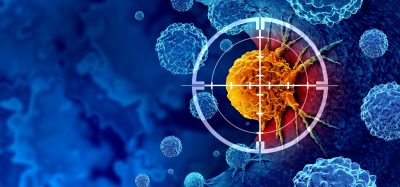Customising T cell-based immunotherapies to treat cancers
Posted: 9 May 2023 | Izzy Wood (Drug Target Review) | No comments yet
US researchers usings a ‘SNAP’ receptor system can customise immunotherapies for targeted treatments of cancer and other diseases.

University of Pittsburgh researchers, US, have developed a universal receptor system that allows T cells to recognise any cell surface target, enabling highly customisable CAR T cell and other immunotherapies for treating cancer and other diseases. The discovery could extend into solid tumours and give more patients access to the game-changing results CAR T cell therapy has produced in certain blood cancers.
Described in a Nature Communications study, the new approach involves engineering T cells with receptors bearing a universal “SNAPtag” that fuses with antibodies targeting different proteins. By tweaking the type or dose of these antibodies, treatments could be tailored for optimal immune responses.
The researchers showed that their SNAP approach works in two important receptors: CAR receptors, a synthetic T cell receptor that coordinates a suite of immune responses, and SynNotch, a synthetic receptor that can be programmed to activate just about any gene. With the addition of SNAP, the possibilities for customised therapies become almost endless.
“We showed for the first time that we can make a universal SynNotch receptor. This SNAP-SynNotch system is super programmable because you can have both designer input and designer gene output,” said senior author Dr Jason Lohmueller, Assistant Professor of Surgery and Immunology in the Division of Surgical Oncology at the Pitt School of Medicine.
“Our hope is that we can use this approach to make cell therapies and deliver genes for cancer, autoimmune disorders, organ transplantation tolerance and more.”
“One of the big problems with CAR T therapy is that you are targeting just one protein,” explained Lohmueller. “If the tumour evolves to lose that protein or downregulate it, you need to re-engineer the T cells a second time, which is a highly involved and expensive process.”
To overcome this problem, the team developed universal SNAP-CAR T cells by adding a SNAPtag enzyme to the CAR receptor. These cells are administered along with cancer-targeting antibodies that are labelled with a molecule called benzylguanine.
The SNAPtag reacts with benzylguanine, fusing the antibody to the receptor. Adding different antibodies, at the same time or one after another, allows the receptor to recognise different tumour features.
“What is unique about our approach is how the T cell interacts with the antibody. It’s not just binding, but fusing via covalent attachment- the strongest form of chemical bond,” added Lohmueller.
The covalent bond was also the secret ingredient for creating SNAP-SynNotch cells. When a SynNotch receptor is activated, mechanical pulling forces stretch the receptor to expose part of the protein, which is then cut to release a transcription factor that travels to the cell’s nucleus to turn on expression of a chosen gene.
“We found that we needed the strength of a covalent bond to tolerate that pulling force,” explained Lohmueller. “If we just had binding between receptor and antibody, the receptor would come apart and we would not get signalling.”
The researchers showed that their universal SNAP-CAR and SNAP-SynNotch receptors could be activated in response to different targets by adding the corresponding antibodies. SNAP-CAR T cells were also able to simultaneously target multiple proteins on different types of cells, suggesting that they could help avoid cancer relapse due to variation in tumour targets or loss of those targets.
In a mouse model of cancer, treatment with SNAP-CAR T cells shrunk tumours and greatly prolonged survival, an important proof-of-concept that sets the stage to test this approach in clinical trials in partnership with Coeptis Therapeutics, which has licensed the SNAP-CAR technology.
Related topics
Antibodies, Cell Therapy, Chimeric Antigen Receptors (CARs), Immuno-oncology, Immuno-oncology therapeutics, Immunotherapy, Targets
Related conditions
Cancer
Related organisations
Coeptis Therapeutics, University of Pittsburgh
Related people
Dr Jason Lohmueller







